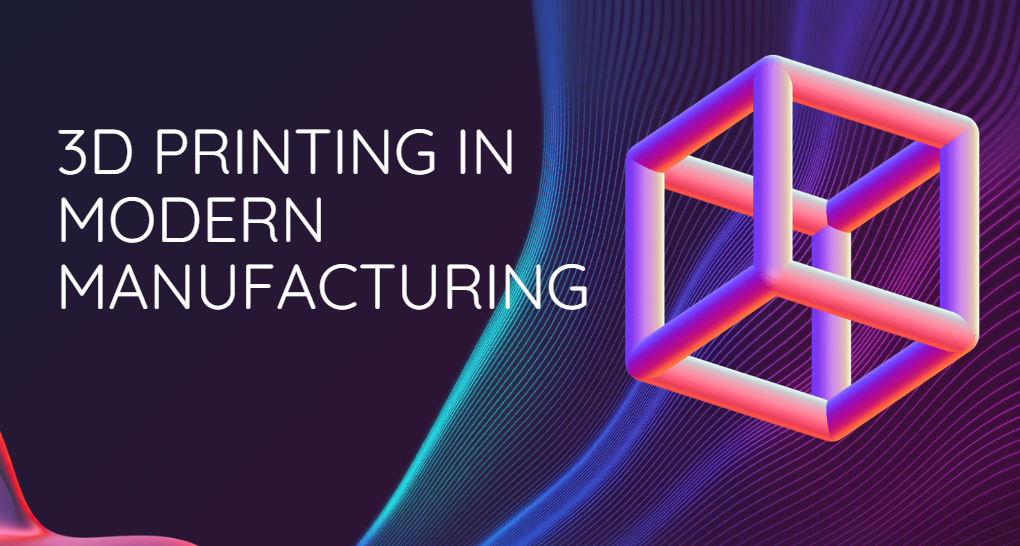Solar power has evolved with innovations like perovskite solar cells and solar panels with higher energy efficiency. Advancements in energy storage, like Tesla’s Powerwall, are making solar a more reliable and scalable alternative to fossil fuels, critical for sustainable future energy grids.
Summary
The video discusses the latest advancements in solar power technology that are revolutionizing energy production and paving the way for a more sustainable future. It highlights ten game-changing innovations, including perovskite solar cells, bifacial solar panels, AI-driven energy management, floating solar farms, solar skin aesthetics, tandem solar cells, solar-powered desalination, agrivoltaics, solar-powered hydrogen production, and transparent solar panels. Each innovation addresses specific challenges such as efficiency, land use, aesthetic concerns, and water scarcity, aiming to enhance the adoption of renewable energy. With these technologies, solar power is becoming more efficient, affordable, and integrated into everyday life.
Highlights
⚡ Perovskite Solar Cells: Innovative materials achieving over 25% efficiency at lower costs.
🌞 Bifacial Solar Panels: Capture light from both sides, increasing energy output by up to 30%.
🧠 AI-Powered Energy Management: Maximizes solar efficiency through real-time data analysis.
🚢 Floating Solar Farms: Utilize bodies of water to eliminate land scarcity and enhance panel efficiency.
🏡 Solar Skin Aesthetics: Blend solar panels seamlessly with rooftops, improving visual appeal.
🌿 Agrivoltaics: Integrate solar energy production with agricultural practices for dual land use.
💧 Solar-Powered Desalination: A sustainable method to generate fresh water using solar energy.
Key Insights
🔬 Perovskite Solar Cells Revolution: Perovskite solar cells utilize low-cost materials with a unique crystal structure, achieving remarkable efficiency. Their flexible design opens up new applications, making them a promising alternative to silicon-based technologies. As research advances, a shift towards these cells could significantly reduce solar energy costs, promoting wider adoption of renewable sources.
🌍 Bifacial Technology Advantages: Bifacial solar panels’ design allows them to capture additional sunlight, enhancing overall energy production. This is particularly beneficial in regions with high reflectivity, demonstrating how innovative designs can lead to more effective use of existing solar installations, especially in constrained spaces.
🧩 AI Enhancements in Energy Management: AI algorithms play a critical role in optimizing solar energy management systems. By analyzing data and predicting energy demands, AI leads to more efficient energy storage and distribution. This technology not only improves solar system reliability but also supports the integration of renewables into smart grid systems.
🌊 Floating Solar to Maximize Space: Floating solar farms address land scarcity by deploying solar panels on water surfaces. They benefit from cooler temperatures, leading to improved efficiency. This innovative approach can lessen competition for arable land and offers solutions for densely populated areas struggling with land availability.
🎨 Aesthetic Integration with Solar Skin: Solar skin technology eliminates the visual barrier many face with traditional solar panels by allowing them to blend in with the building’s architecture. This innovation is essential in enhancing customer acceptance and encouraging solar adoption in aesthetic-sensitive environments.
🍃 Agrivoltaics for Sustainable Farming: Combining solar energy production with agriculture increases land efficiency and provides essential benefits such as crop shading. This dual-use approach leads to higher crop yields and creates financial resilience for farmers, supporting sustainable agricultural practices under climate change pressures.
🔋 Hydrogen as a Renewable Fuel Source: The potential of solar-powered hydrogen production through PEC water splitting opens pathways to create a carbon-free fuel alternative. As solar energy is harnessed for hydrogen production, it addresses energy storage issues, paving the way towards a hydrogen economy and reducing reliance on fossil fuels.
In conclusion, these solar innovations represent critical advancements in technology that not only enhance energy efficiency and sustainability but also work to overcome existing challenges in energy production and resource management. Each breakthrough contributes to a promising future where renewable energy becomes the norm, encouraging further exploration and adoption.
Reference:
International Energy Ag
ency (IEA). (2022). Solar PV Global Market Outlook. https://www.iea.org/reports/solar-pv



